Taiwan Introduces Chip-driven Industrial Innovation Plan
The Executive Yuan has approved a plan to spend NT 300 billion dollars in the next 10 years to fund innovations that would combine the use of generative artificial intelligence (AI) systems and chips. The plan was briefed to Cabinet members by the National Science and Technology Council and it is expected that the plan will be enabled by cooperation between the Ministry of Economic Affairs, the Ministry of Education, the Ministry of Health and Welfare, the Ministry of Digital Affairs and the National Development Council. It was noted that with the rise of generative AI systems, chips have driven the development of the global technology industry and have become a motivator for businesses seeking innovation. The development of chips would be the key technology for the next industrial revolution. The plan also lays out strategies to meet the rising challenges in developing next-generation chip technology. The government is to allocate the abovementioned sum of money from 2024 to 2033 to develop chip technology in order to keep Taiwan at the forefront of technological developments by developing the highest level technology to design advanced chips and accelerate heterogeneous integration of chip designs and interfaces. The funding would be used to speed up the production of non-silicon-based wafers, as well as the development of chips smaller than 1 nanometer, 3D chip stacking technology and heterogeneous integrated packaging. The funding would also be used to develop energy-saving applications with high computing power. Of the NT 12 billion budgeted for 2024, about NT 8 billion would be used to train and attract talent, while NT 4 billion would be used to attract overseas investment in projects combining the use of generative AI systems and chips. The knock on effect is expected to be a big boost in patent applications.
Taiwan Issues Patent Data for July to September 2023
For the abovementioned time period, the Taiwan Intellectual Property Office (TIPO) received a total of 18,310 patent applications (Including invention, utility model, and design patents), marking a 1% increase over the same period last year. Of these, the number of invention patent applications (12,670) also grew by 1%. Trademark applications stood at 23,632 cases, with a drop of 7%. For invention patents, TSMC (443 applications) has topped the list for the eighth year running among resident applicants, while Samsung Electronics (285 cases) leapt to the top of the list of non-resident applicants. Delta (67 applications) saw the highest growth rate with 103%, and Nuvotron (62 applications) hit a new record high. For trademarks, Taishin (264 applications) and Tencent (38 applications) ranked first among resident and non-resident applicants respectively.
The number of applications for both utility model (3,782) and design (1,858) remained relatively unchanged. In addition, resident applications for invention patents went up by 1% and non-resident applications for overall patents grew by 1% to 14%. Most of the top 10 resident applicants for invention patents saw double-digit growth. In terms of resident applicants for design patents, CGUST (33 applications), the only university in the top 5 applicant list, claimed the top spot for the first time and saw a growth rate of 313%.
China Invests US 5 Billion Dollars in Chipmaker
Government-backed investors have invested 39 billion yuan (US 5.4 billion dollars) in semiconductor start-up Changxin Xinqiao Memory Technologies Inc. in a sign that Beijing is doubling down on its efforts to achieve technological self-sufficiency. The state-backed China Integrated Circuit Industry Investment Fund Phase 2 invested 14.6 billion yuan, and funding from two other investors affiliated with the local government in Hefei in Anhui Province also contributed. It is one of the biggest investments China’s flagship semiconductor fund, better known as the Big Fund, has made since Beijing ordered a shakeup last year. Founded in 2021, Changxin Xinqiao shares some shareholders and its general manager with China’s leading DRAM chipmaker Changxin Memory Technologies Inc. which is also headquartered in Hefei. Changxin Memory aims to compete with global leaders such as Micron Technology Inc. and Samsung Electronics Co. and it is planning to file for an initial public offering in China that could value the chipmaker at more than US 14.5 billion dollars. Beijing has been intent on making breakthroughs in its semiconductor industry even as the US is trying to limit China’s access to cutting-edge chip technologies invented in the US. China recently scored an early success when Huawei Technologies Co. released a 5G phone with silicon made by top Chinese chipmaker Semiconductor Manufacturing International Corp. Although there are downsides to this rivalry, it is expected to stimulate research and the number of patents issued in the next decade.
China and EU to Cooperate on Geographical Indications
The China-European Union Cooperation and Development Forum on Geographical Indications (GIs) was recently held in Suzhou on the occasion of the 2nd Anniversary of the entry into force of the agreement. So far, China and the EU have generated mutual protection for the first group of GIs with about 100 products from each side and a second group of 175 products from each side was announced as joining the list at the meeting. Various measures have been put in place by CNIPA and their European counterparts to achieve this goal, such as cracking down on GI counterfeiting and investigating trademark infringement allegations. In China, the administration has hastened the legislation of a law dedicated to GI, established national GI protection demonstration areas, promoted development of GIs nationwide with traceable origins. For China, one motive for this investment in time and money is that some GI products like NingXia Goji Berry are from economically underdeveloped areas, so implementation of the agreement will give a boost to rural revitalization in those areas. With the recent publicity surrounding these developments, EU GI products like Bordeaux Wine has taken off in the Chinese market, benefitting from the protection of its legitimate rights and interests.




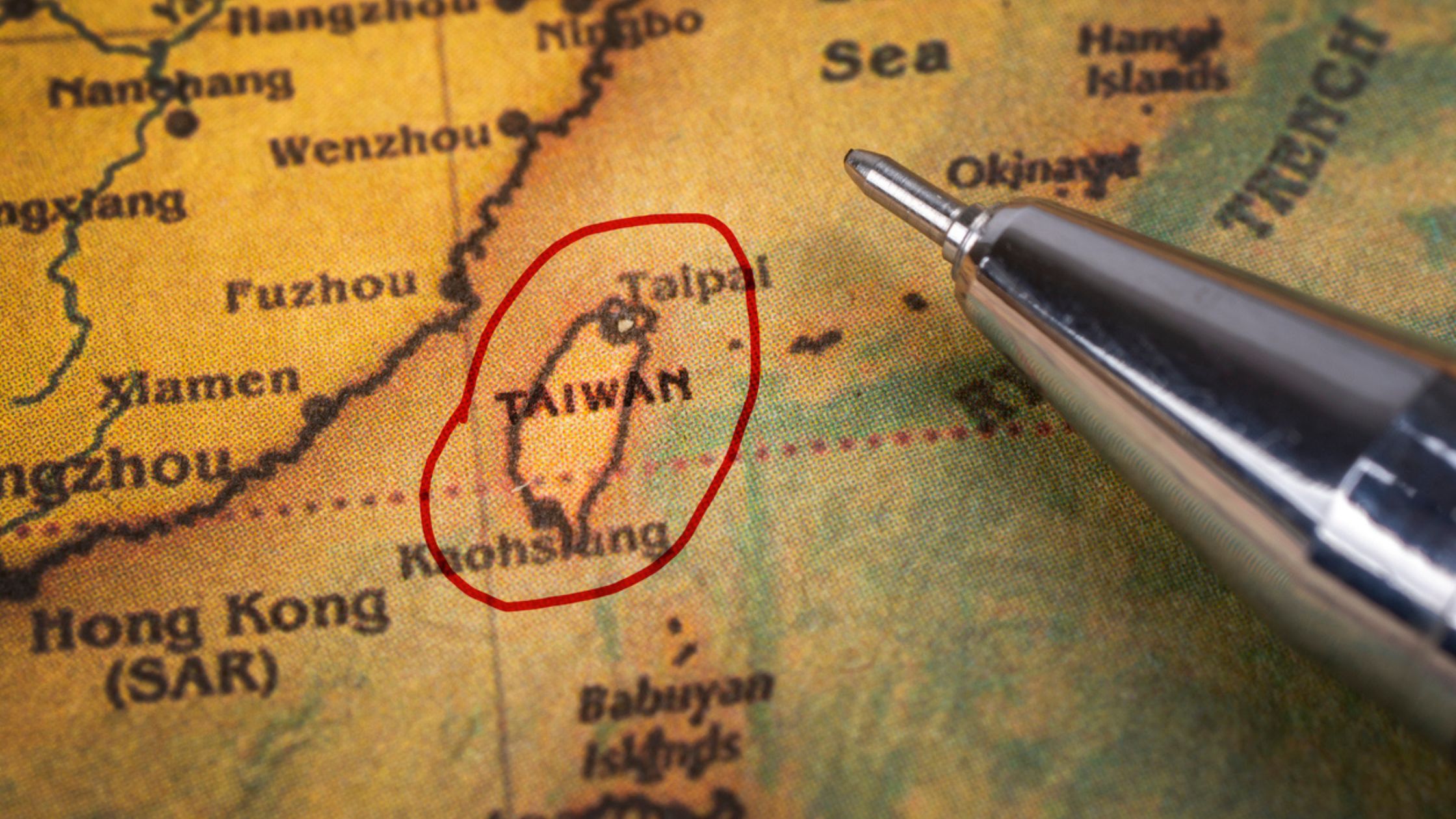
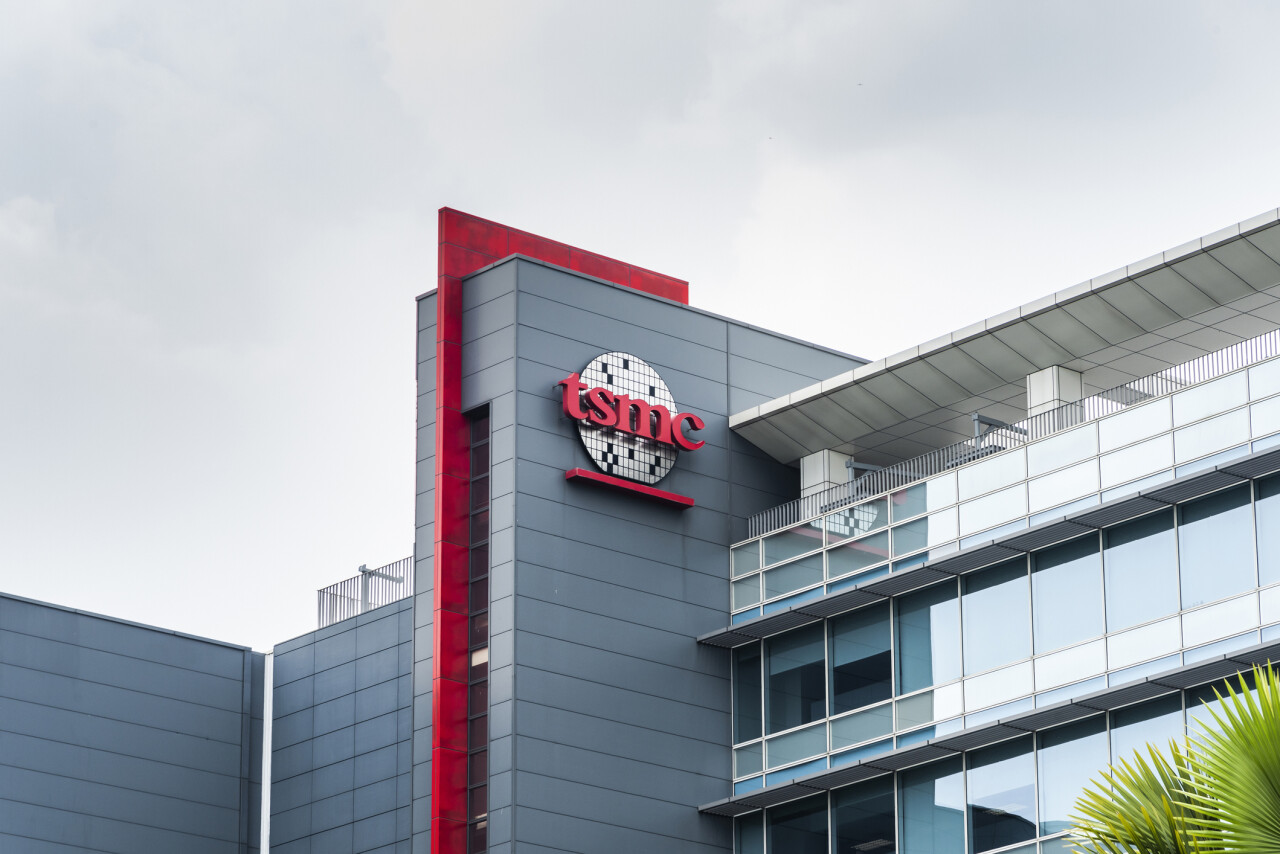





 Deep & Far Attorneys-at-law
Deep & Far Attorneys-at-law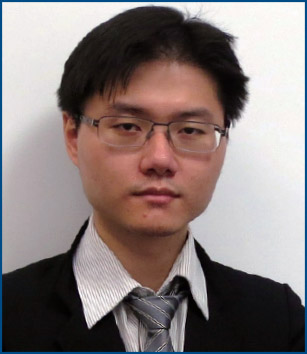 Yu-Li Tsai
Yu-Li Tsai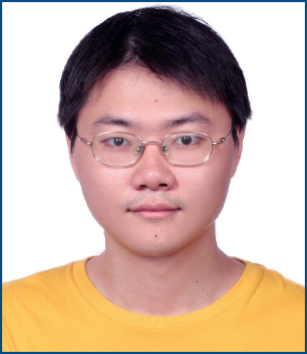 Lu-Fa Tsai
Lu-Fa Tsai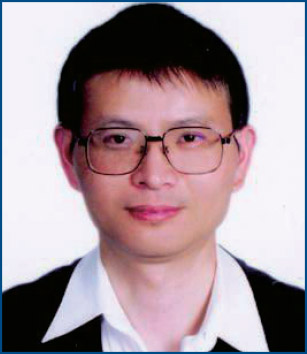 C. F. Tsai
C. F. Tsai







